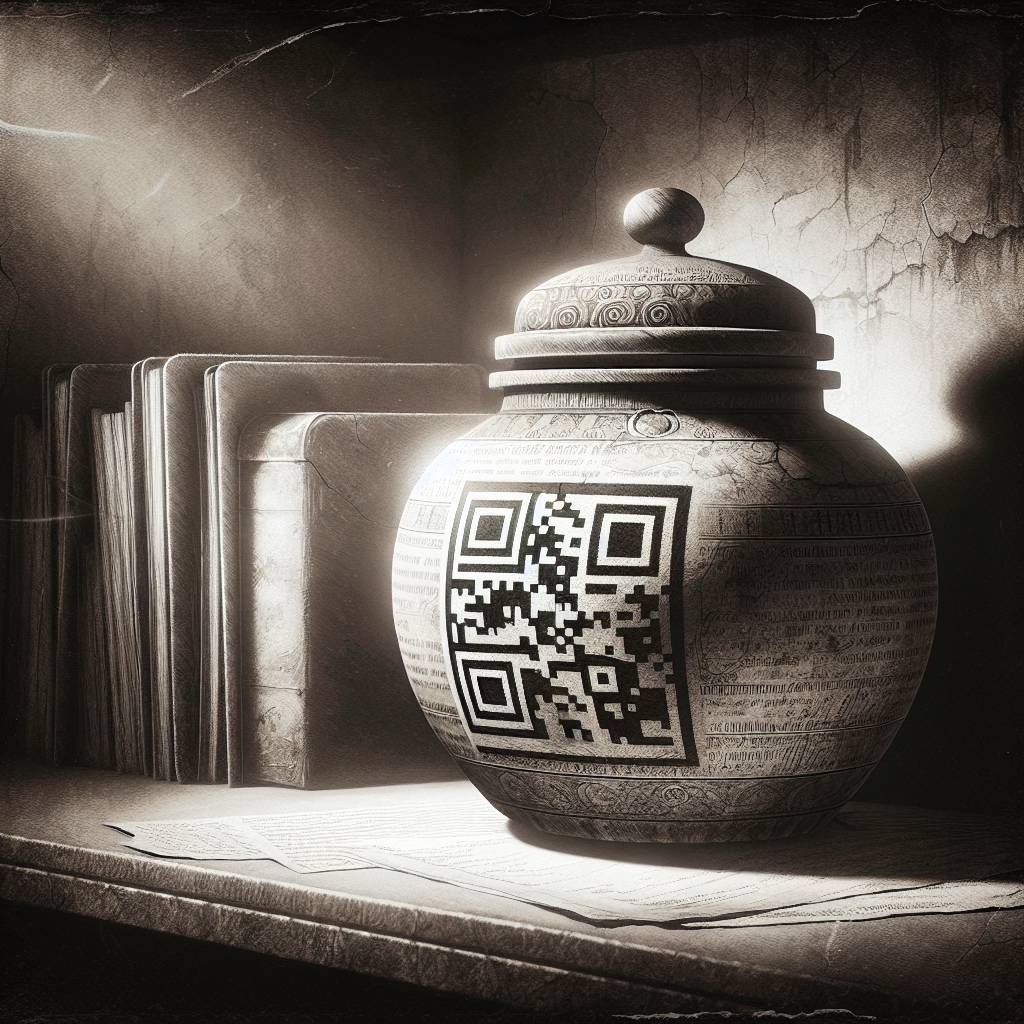Stealthy QR Code Malware: When Cookies Bite Back!
The newly discovered npm package ‘fezbox’ uses QR codes for cookie-stealing shenanigans. By hiding malware in these 2D barcodes, it’s like giving hackers a secret decoder ring. This sneaky package managed at least 327 downloads before being pulled, proving once again that hackers can find creative ways to misuse anything—QR codes included!

Hot Take:
QR codes: the Swiss Army knife of the cyber underworld! They’re now not just for menus, social media follows, or sending grandmas to phishing sites. These nifty little squares have evolved into the perfect vehicle for smuggling malware, proving once again that cybercriminals are the true overachievers of the tech world. Next thing you know, they’ll be using carrier pigeons to drop payloads!
Key Points:
- Nefarious npm package ‘fezbox’ uses QR codes to fetch cookie-stealing malware.
- QR codes, traditionally used for marketing, now hide malicious code.
- URL stored in reverse to dodge detection, showcasing stealth tactics.
- Obfuscated payload reads cookies and sends credentials to a remote server.
- This technique uses QR codes to communicate with command-and-control servers.
Already a member? Log in here
